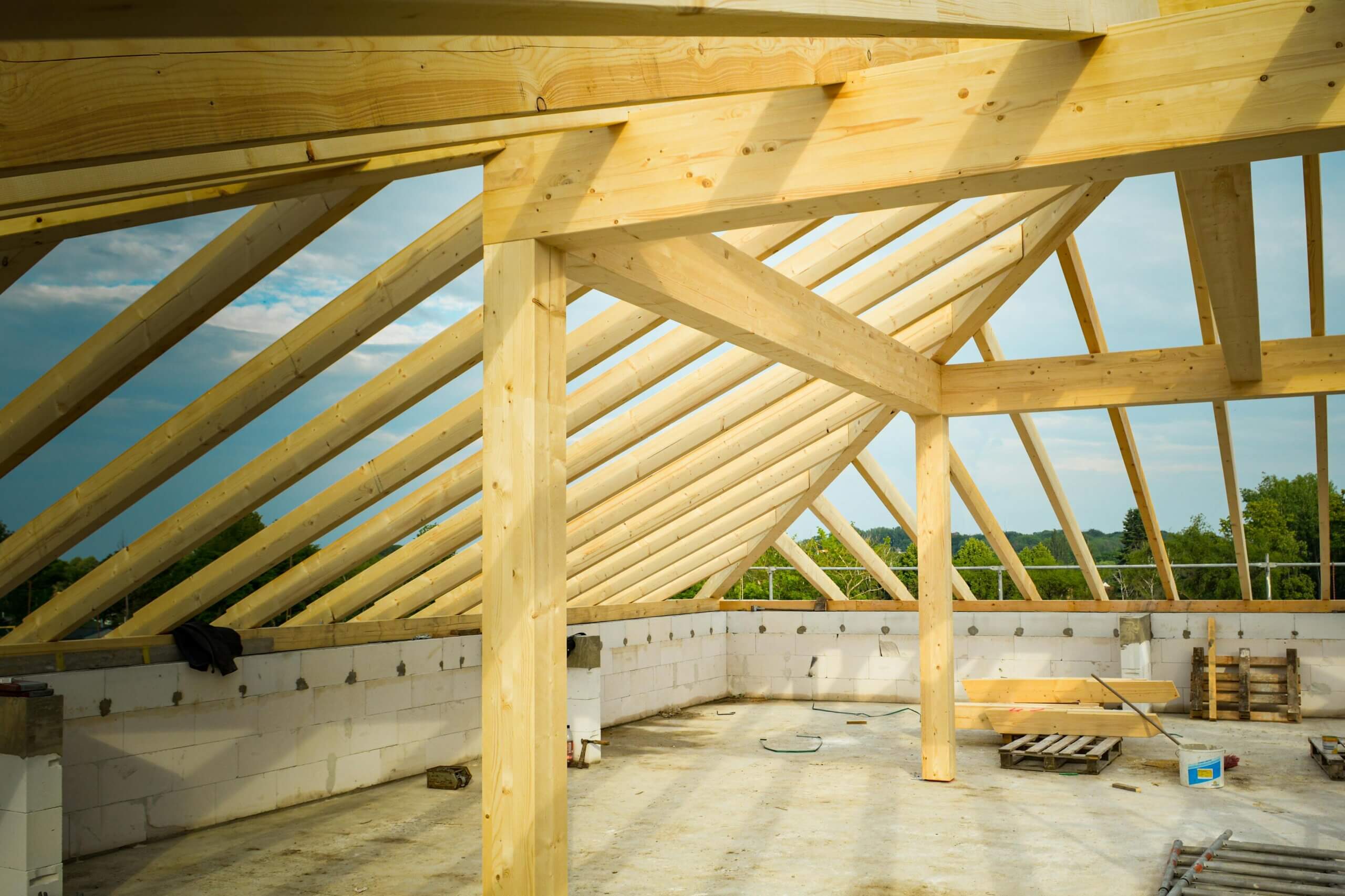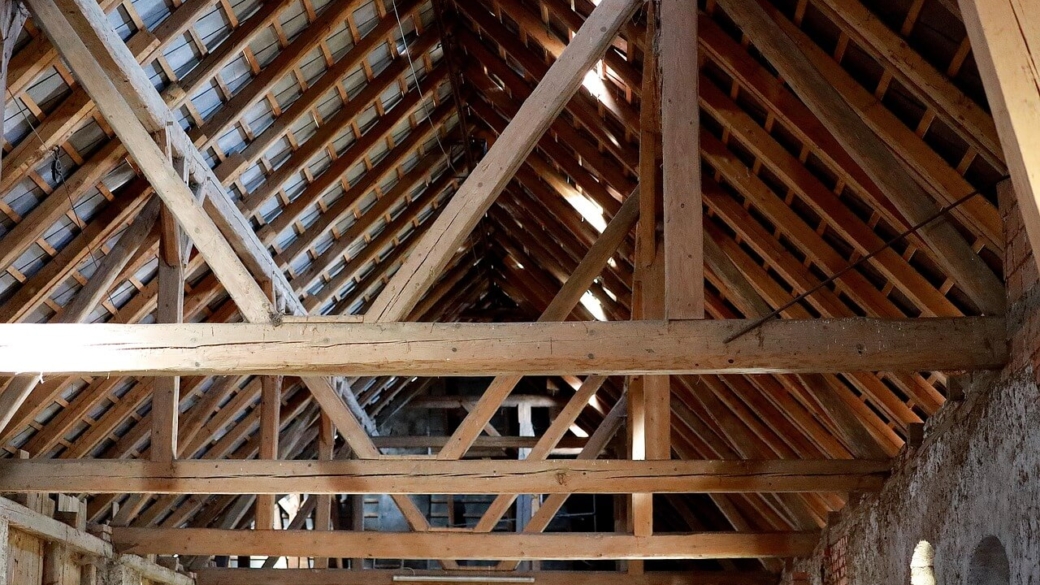Roof trusses bring numerous benefits to both builders and homeowners. By utilizing an engineered design, trusses provide efficiency, strength, and versatility compared to traditional framing methods. They can range from simple designs used in residential houses to more complex structures used in commercial buildings.
Their ability to distribute the load effectively makes them an ideal choice for various projects. Here, we will explore the many advantages that roof trusses bring to today’s construction projects, highlighting their popularity.
Improved Structural Integrity
Incorporating roof trusses into construction projects greatly improves the structural integrity of buildings. These trusses are designed to distribute weight evenly across a structure so that the roof can withstand snow, wind, or earthquakes. It reduces the risk of structural failure and contributes to the longevity of the building.
Roof trusses are fabricated from high-quality materials that provide optimal performance even under challenging conditions. Understanding the structural truss basics allows builders to choose the right design for specific requirements, improving safety and reliability. Trusses maintain uniform ceiling heights for proper insulation and ventilation within the space. The strength provided by trusses can offer a lower insurance premium.
Cost-Effective Solutions
The most notable advantages of roof trusses are their cost-effectiveness in construction. The initial investment might appear higher than traditional methods, but the long-term savings are substantial. Trusses require less material due to their efficient designs and reduce the costs associated with lumber or other materials. Improved energy efficiency in properly installed truss systems can result in lower heating and cooling expenses.
Since they can accommodate various architectural styles, homeowners can encounter additional expenses for custom framing. Builders find that favorable delivery schedules for pre-manufactured trusses streamline their project timelines.
Faster Construction Times
With roof trusses being prefabricated in a factory environment, the construction process becomes noticeably faster. Builders no longer need to spend extensive time on-site cutting and assembling rafters and beams, as trusses arrive ready to be installed. The reduced on-site labor translates to shorter project timelines so that contractors can complete jobs efficiently.
Quicker installation means less exposure to weather-related delays, which can be costly and disruptive. Builders can focus on other aspects of the project and wait for the trusses to arrive without the worry of extending the construction duration. This efficiency leads to satisfied clients who appreciate a turnaround on their new construction.
Design Flexibility
Roof trusses provide remarkable design flexibility, encouraging the execution of diverse architectural visions. Whether working on custom homes, commercial projects, or industrial buildings, trusses can be tailored to meet unique specifications. Their ability to span large distances without needing additional support columns offers open floor plans and expansive interior spaces.
Truss designs can range from traditional king post trusses to more contemporary designs like fan or scissor trusses, accommodating varying styles and preferences. Builders and architects need to collaborate effectively so that each project aligns with the client’s vision. The use of trusses can elevate a project’s design and make it structurally sound.
Lightweight Yet Strong
The reduction in dead weight allows for simpler handling and installation during the construction phase. Lighter trusses require less robust foundations and minimize excavation and material costs. This can lower the construction costs associated with the project. Being lightweight extends to the ability to deliver and transport trusses, as they can be moved more efficiently than heavier materials.
The combination of strength and reduced weight provides improved performance under various loads, making trusses an excellent choice for varied applications. Structural integrity has to come at the expense of excess weight.
Improved Energy Efficiency
Roof trusses contribute to improved energy efficiency in buildings when used effectively. Their design allows for better insulation when compared to traditional framing methods, as they create fewer thermal bridges. This reduction in heat loss translates to lower energy costs for homeowners and businesses.

Maintenance and Longevity
Roof trusses demand minimal maintenance over their lifespan, a feature that improves their practicality for any construction project. Unlike traditional roofing methods, where wear and tear can result in costly repairs, trusses tend to remain stable, provided they are properly installed. Most roofing materials compatible with trusses are designed for longevity themselves, extending the life of the roof.
With fewer materials intersecting at various angles, there are fewer opportunities for leaks, further reducing maintenance challenges. Having a reliable roofing system means less worry for homeowners and building managers, so they can focus on other essential priorities. When installed correctly, roof trusses contribute to lower costs and reduced stress associated with building upkeep.
Roof trusses offer remarkable advantages that contribute to modern construction projects. They improve structural integrity, provide cost-effective and time-saving solutions, and increase design flexibility. Their lightweight yet strong attributes make them an ideal choice for builders and property owners. Embracing innovative roofing solutions meets today’s demands and prepares for a sustainable future.

